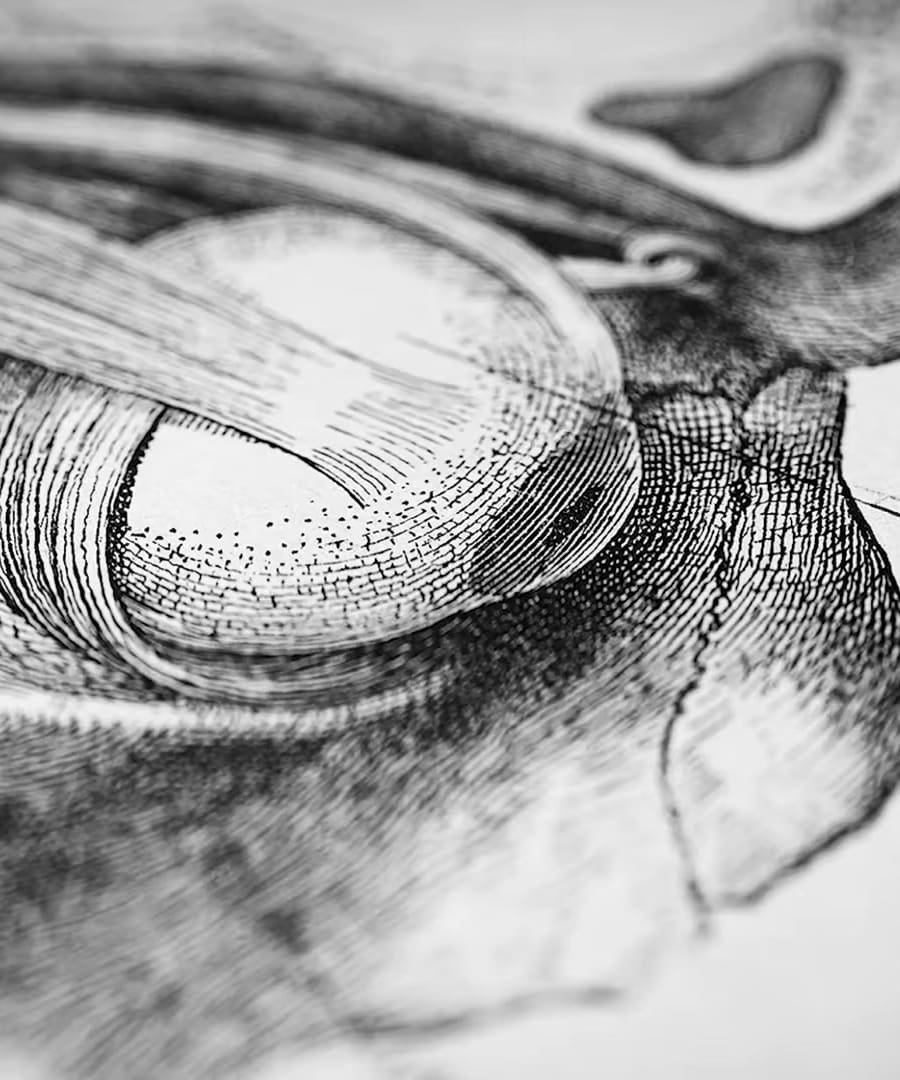How do microplastics affect health?
Sources:
Microplastics, tiny bits of plastic ranging from one micron to five millimeters, are pervasive in our environment and have potential health impacts. They can enter the body through the air, food, and beverages, and have been detected in various human tissues, including the bloodstream, placenta, and even the first stool of newborns, indicating exposure during fetal development 1 2.
While the exact health implications of microplastics are still being studied, some correlative data suggest they can be linked to several health concerns:
-
Cardiovascular Health: Microplastics have been observed in arterial plaques, potentially contributing to cardiovascular diseases 3.
-
Gastrointestinal Issues: A study found higher levels of microplastics in the stool of individuals with irritable bowel syndrome, though causation isn't established 4.
-
Endocrine Disruption: Chemicals associated with microplastics, such as bisphenol A (BPA), can disrupt hormone pathways and have been linked to reduced sperm counts and motility 5.
-
Neurological and Reproductive Impact: Animal studies suggest microplastics may affect neurological development and reproductive health, though translating these findings to humans is complex 6.
It is important to limit exposure, particularly for vulnerable populations like pregnant women and young children, by avoiding plastic containers, and being mindful of potential sources like canned foods and certain household products 3 7.
RELATED QUESTIONS-
How do microplastics affect health?
- RELATED QUESTIONS






